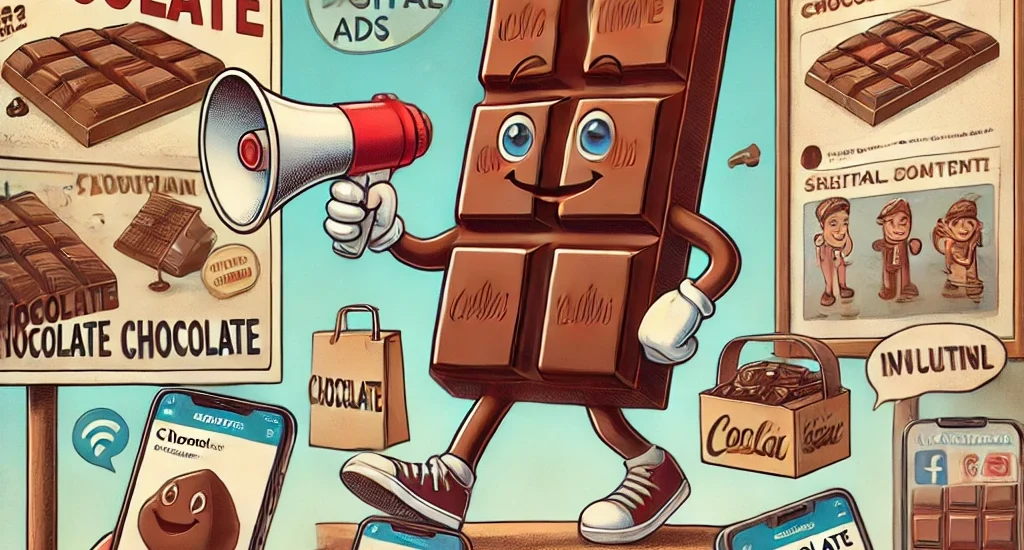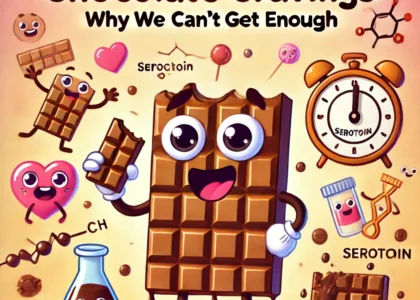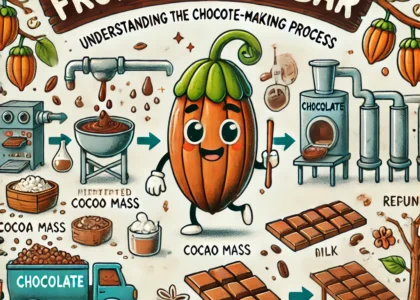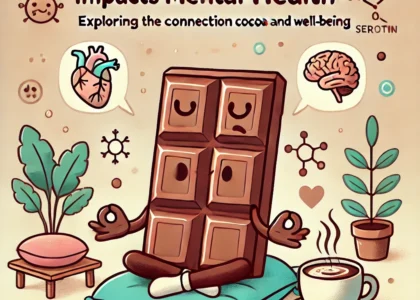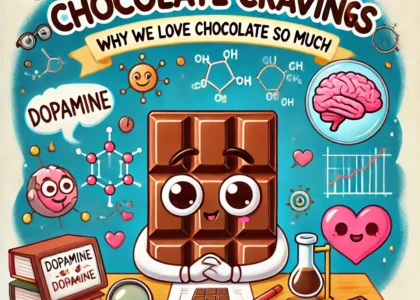Introduction
Chocolate has been a beloved treat for centuries, but the ways it is marketed have transformed dramatically—especially in the last hundred years. From simple print advertisements and colorful packaging to sophisticated digital campaigns and influencer collaborations, chocolate marketing reflects broader shifts in consumer behavior, technology, and cultural trends.
This article traces the evolution of chocolate marketing strategies, highlighting key milestones, innovative approaches, and how brands today connect with consumers in an increasingly digital world.
1. Early Marketing: Print and Packaging
In the late 19th and early 20th centuries, chocolate brands relied heavily on print ads, posters, and eye-catching packaging to attract customers.
- Brands like Cadbury and Hershey’s used colorful illustrations and romanticized images to associate chocolate with indulgence and love.
- Packaging innovations such as foil wrapping and distinctive logos helped products stand out on shelves.
- Early advertisements often focused on the health benefits of chocolate, positioning it as an energy source and tonic.
2. The Golden Age of Television Advertising
With the rise of television in the mid-20th century, chocolate brands tapped into the power of audiovisual storytelling.
- Iconic commercials like the Cadbury Gorilla and Hershey’s “Great Chocolate Taste” campaigns created emotional connections.
- Advertisements featured jingles, memorable mascots, and celebrity endorsements.
- Holiday-themed campaigns around Christmas and Easter reinforced traditions around chocolate gifting.
TV advertising allowed brands to reach mass audiences and build strong brand identities.
3. The Rise of Digital Marketing and Social Media
The 21st century brought a seismic shift with the internet and social media platforms reshaping marketing dynamics.
- Brands like Lindt and Godiva launched websites with rich multimedia content and e-commerce capabilities.
- Social media campaigns on Instagram, TikTok, and Facebook enabled direct engagement with consumers through contests, giveaways, and user-generated content.
- Influencer partnerships became a powerful tool, leveraging trusted voices to promote products organically.
- Hashtags like #ChocolateLover and #ChocolateAddict help brands tap into passionate communities.
4. Experiential and Ethical Marketing
Modern chocolate marketing increasingly embraces experience and values:
- Pop-up shops, tasting events, and immersive experiences create emotional bonds beyond the product itself.
- Storytelling about ethical sourcing, fair trade, and sustainability connects with socially conscious consumers.
- Brands highlight their transparency and commitment to environmental and social causes in marketing materials.
This approach builds brand loyalty by aligning with consumer values.
5. Personalization and Technology
Advances in technology enable personalized marketing experiences:
- AI-powered recommendations tailor chocolate suggestions based on consumer preferences and purchase history.
- Virtual reality (VR) and augmented reality (AR) experiences allow customers to explore the chocolate-making process or try products virtually.
- Subscription boxes and customization options (e.g., personalized chocolate bars) increase consumer engagement.
Personalization helps brands stand out in a crowded marketplace.
6. Challenges and Future Trends
Chocolate marketing faces several challenges:
- Navigating regulations around health claims and advertising to children.
- Addressing growing consumer skepticism and demand for authenticity.
- Balancing indulgence with health-conscious messaging.
Looking ahead, trends likely include:
- Increased use of data analytics to refine campaigns.
- Greater emphasis on sustainability stories.
- More immersive and interactive digital experiences.
- Expansion into new markets through localized campaigns.
Conclusion
The evolution of chocolate marketing reflects broader cultural and technological changes. From nostalgic print ads to cutting-edge digital engagement, chocolate brands have continually adapted to connect emotionally with consumers. As the industry moves forward, blending tradition with innovation and ethics will be key to sweet success.
References
- https://www.cadbury.co.uk/history
- https://www.hersheys.com/en_us/home.html
- https://www.forbes.com/sites/forbesagencycouncil/2020/02/26/the-evolution-of-digital-marketing-in-the-food-industry/
- https://www.socialmediaexplorer.com/social-media-marketing/the-rise-of-social-media-marketing-in-food-and-beverages/
- https://www.marketingweek.com/chocolate-marketing-strategy/

